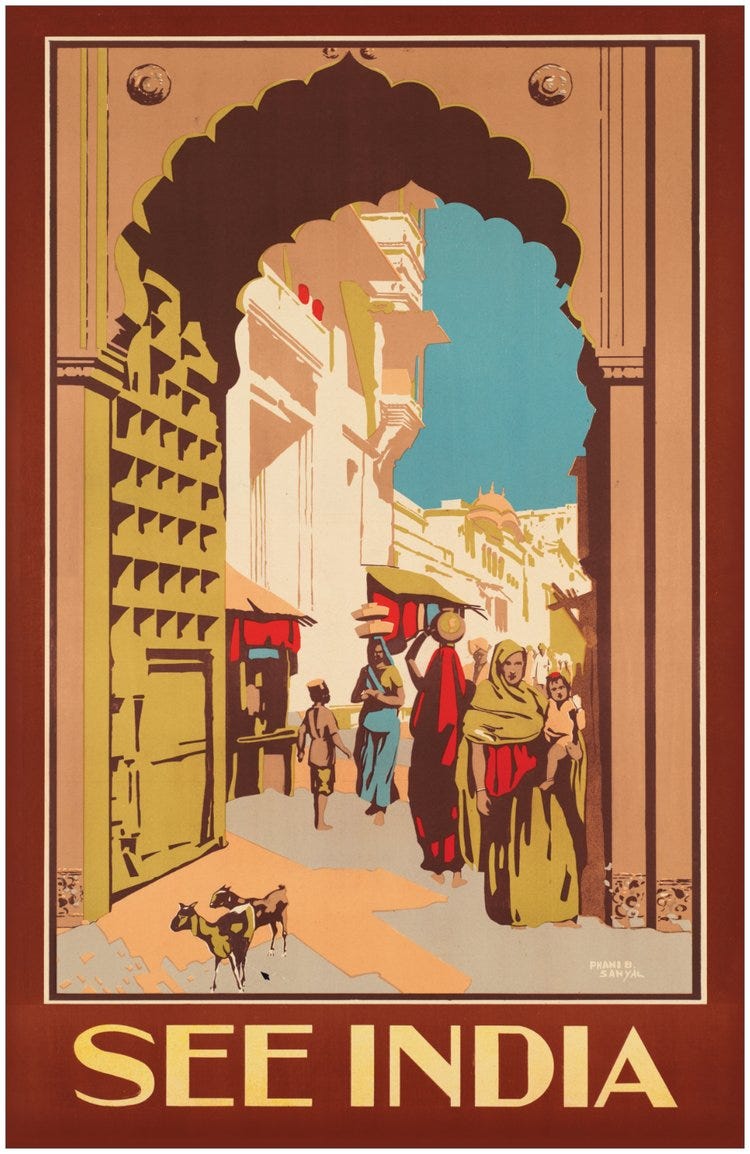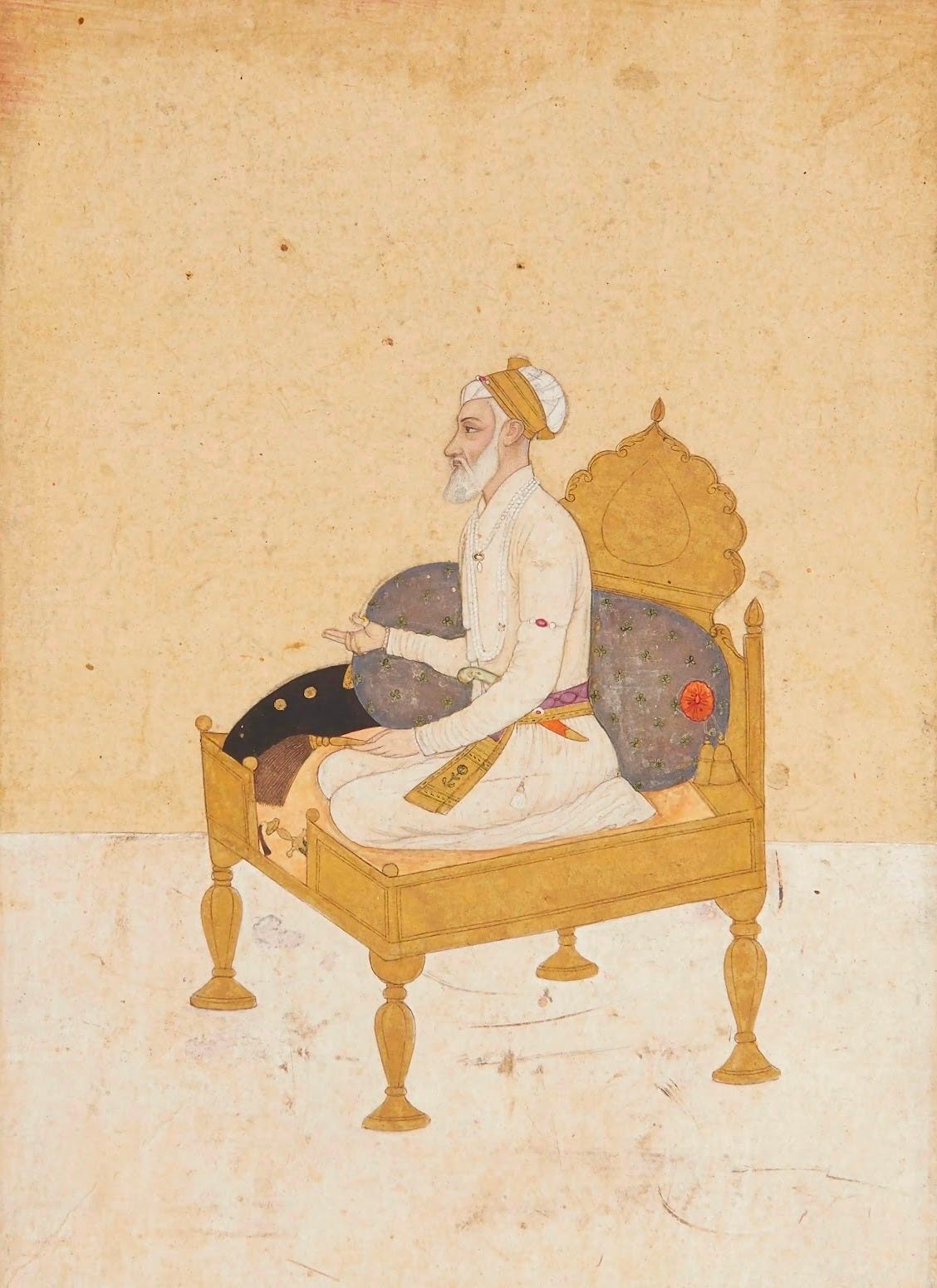Aurangzeb: What His Contentious Legacy Reveals About South Asia Today
Words by Vishavjeet Dhaliwal
Welcome to the Brown History Newsletter. If you’re enjoying this labor of love, please do consider becoming a paid subscriber. Your contribution would help pay the writers and illustrators and support this weekly publication. If you like to submit a writing piece, please send me a pitch by email at brownhistory1947@gmail.com.
Don’t forget to check out our SHOP and our Podcast.

Recommended Reads:
Aurangzeb: What His Contentious Legacy Reveals About South Asia Today

In 2017, historian Audrey Truschke published Aurangzeb: The Life and Legacy of India’s Most Controversial King. The book aimed to paint a more nuanced view of the sixth Mughal emperor Aurangzeb, arguing that he was not the anti-Hindu extremist that popular history alleges. The backlash was swift and unrelenting: Truschke has faced years of online abuse and threats from the Hindu far-right who are outraged by her attempts to ‘whitewash’ Aurangzeb’s image.
The academic merits and biases of Truschke’s work can be debated, but one thing is clear: Trushcke crossed a highly sensitive line by suggesting that Aurangzeb was anything other than a genocidal maniac, no matter what evidence she presented. She exposed a deeply entrenched Indian narrative that, when threatened, united a whole community against her.
I’m no stranger to such narratives. As a Sikh, Aurangzeb was practically the boogeyman of my faith. I was taught about his religious extremism that led him to execute our ninth Guru before relentlessly hunting and killing the family of the tenth. Meanwhile in Pakistan, generations have instead learned of the devout and pious Aurangzeb, an effective ruler who built the iconic Badshahi Masjid and memorized the Quran.
I’m not concerned with whether Aurangzeb was a ‘good’ or ‘bad’ ruler; plenty of historians and commentators have already argued about that. I’m also not interested in busting myths about Aurangzeb to valorize or condemn him. Instead, I want to explore the common narratives that have emerged around Aurangzeb. How did these develop, and what can they tell us about the beliefs and anxieties of the communities who hold them today?






